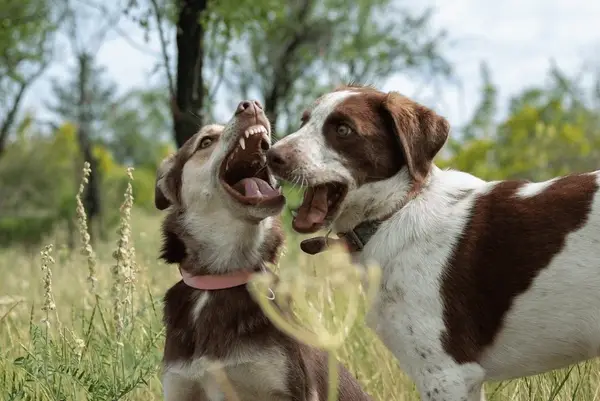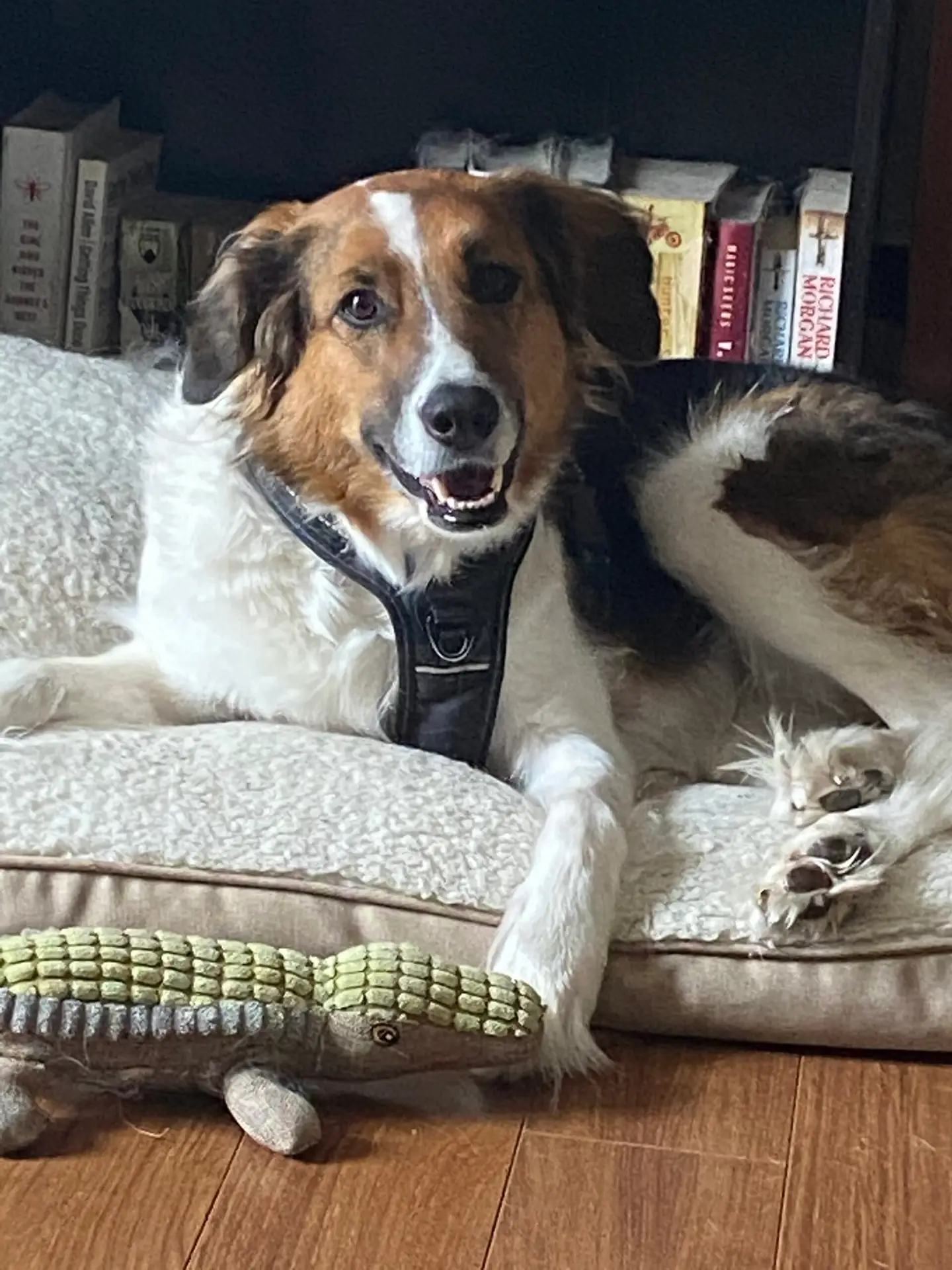Pet Cancer – Things to Know
What is Cancer?
Pet Cancer is a disease in which some of a pet’s body cells or tissues grow uncontrollably and spread to other parts of the body. Thankfully, not all abnormal growths are cancerous. Some are benign. They tend not to invade surrounding tissues and progress slowly. On the other hand, malignant growth can be unpredictable in terms of the rate of growth and invasion of surrounding tissues. Therefore, only malignant growth of cells is referred to as cancer.

Symptoms of Pet Cancer
If your pet exhibits any of the following cancer symptoms, it could be a red flag for their health. There are many types of cancer, and different breeds of pets may have unique symptoms. Keep in mind that these symptoms are not exclusive to cancer, so there’s no need for excessive fear or worry. In fact, many symptoms can be for treatable conditions. Therefore, what you need to do is to monitor your pet and see your veterinarian.
Common pet cancer symptoms:
- Unusual lumps or bumps under your pet’s skin
- Unexpected and lasting weight loss or weight gain
- Your pet is suddenly acting very tired and listless
- A bad smell from your pet’s mouth or other body parts
- Big change in appetite
In addition to the common symptoms, we have also compiled a list of prevalent cancers, categorized by pet type (dogs and cats). Click to view the relevant information as needed.


Common Cancers in Cats
Common Cancers in Dogs

What do I do if I suspect Pet Cancer?
Make an appointment with your vet!
If you think your pet has these symptoms, don’t delay. Book an appointment with your vet to check it out.
To diagnose your pet’s disease, appointments could include blood work, urinalysis, biopsy, fetal test, or other tests, depending on your pet’s symptoms.
Costs of Treating Pet Cancer
The treatment and costs will vary depending on the cancer diagnosed by your veterinarian.
According to the Vet Cancer Society, the average cost for treatments can be somewhat like this:
| Treatment | Cost ($) |
| Initial visit/diagnostics | 125~250 |
| Major surgery to remove a cancerous tumor | 500+ |
| Chemotherapy dose | 150~600 |
| Chemotherapy full treatment series | 3,000~5,000 |
| Radiation therapy | 2000~6000 |
How to Find Help
Always start with what is in the best interest of the pet and its quality of life.
If treatment is advised by your veterinarian and your pet is young and otherwise healthy, you may have to look for financial aid. Because treating cancer is very expensive!
Discuss payment options with your veterinarian. There may be options such as:
- Credit care: helps you pay out of pocket for healthcare expenses, including pets
- Scratch pay: short-term loan; helps to build a payment plan for medical financing
- Comparison between scratchpay and carecredit
Another alternative, if you qualify as low-income, is to look for non-profit assistance. Check this list of non-profit organizations
Pet insurance may cover treatment costs, but only when your pet is enrolled in the insurance program before the cancer is diagnosed. Unfortunately, policies generally do not cover pre-existing conditions like cancer. Therefore, if you’re considering a breed prone to cancer, it’s wise to explore pet insurance options early in your pet’s life.
Sadly, not all cancers can be treated
Watching your beloved pets suffer is undoubtedly heart-wrenching. So it’s essential to be prepared to make the right choice for their well-being.
Compassionate euthanasia is an option if your pet’s quality of life is seriously affected by the disease. Euthanasia is the act of putting your beloved pets forever to sleep with an injectable drug.
If you’re uncertain about the timing of this decision, consider scheduling a quality-of-life consultation with your veterinarian. They will carefully assess all relevant factors, providing guidance to ensure you make the best choice for your pet’s comfort and happiness.
Read More – How to know when it is time for euthanasia





